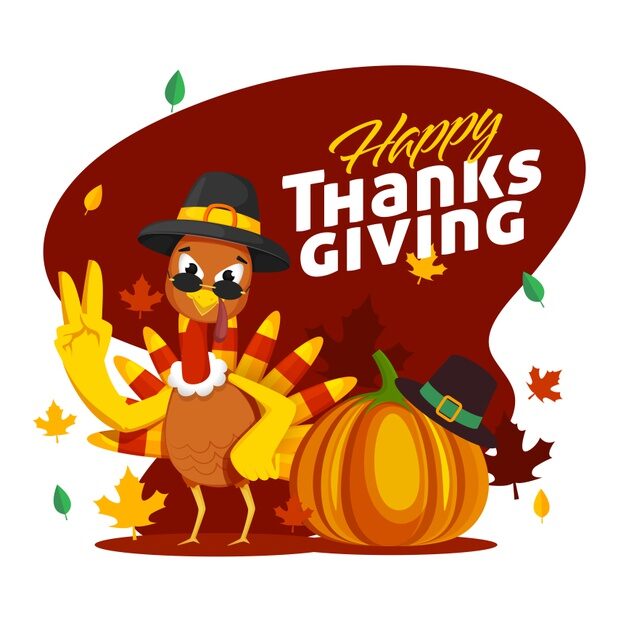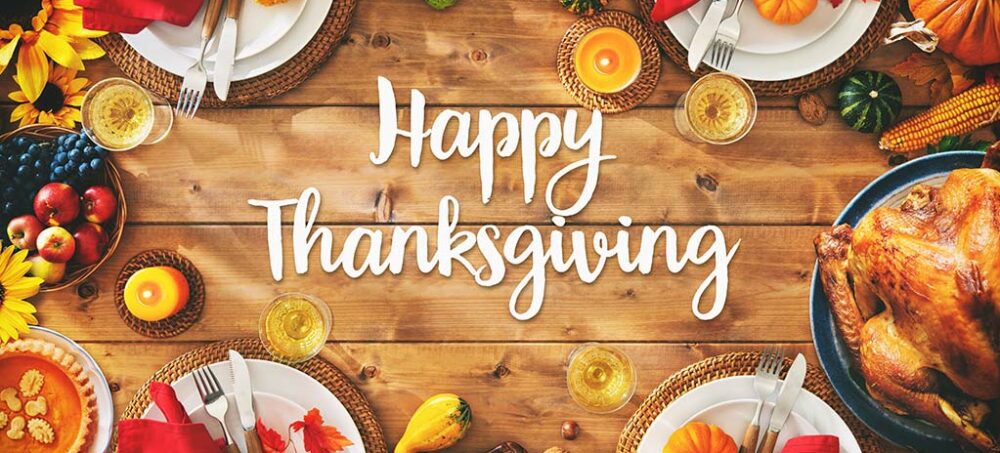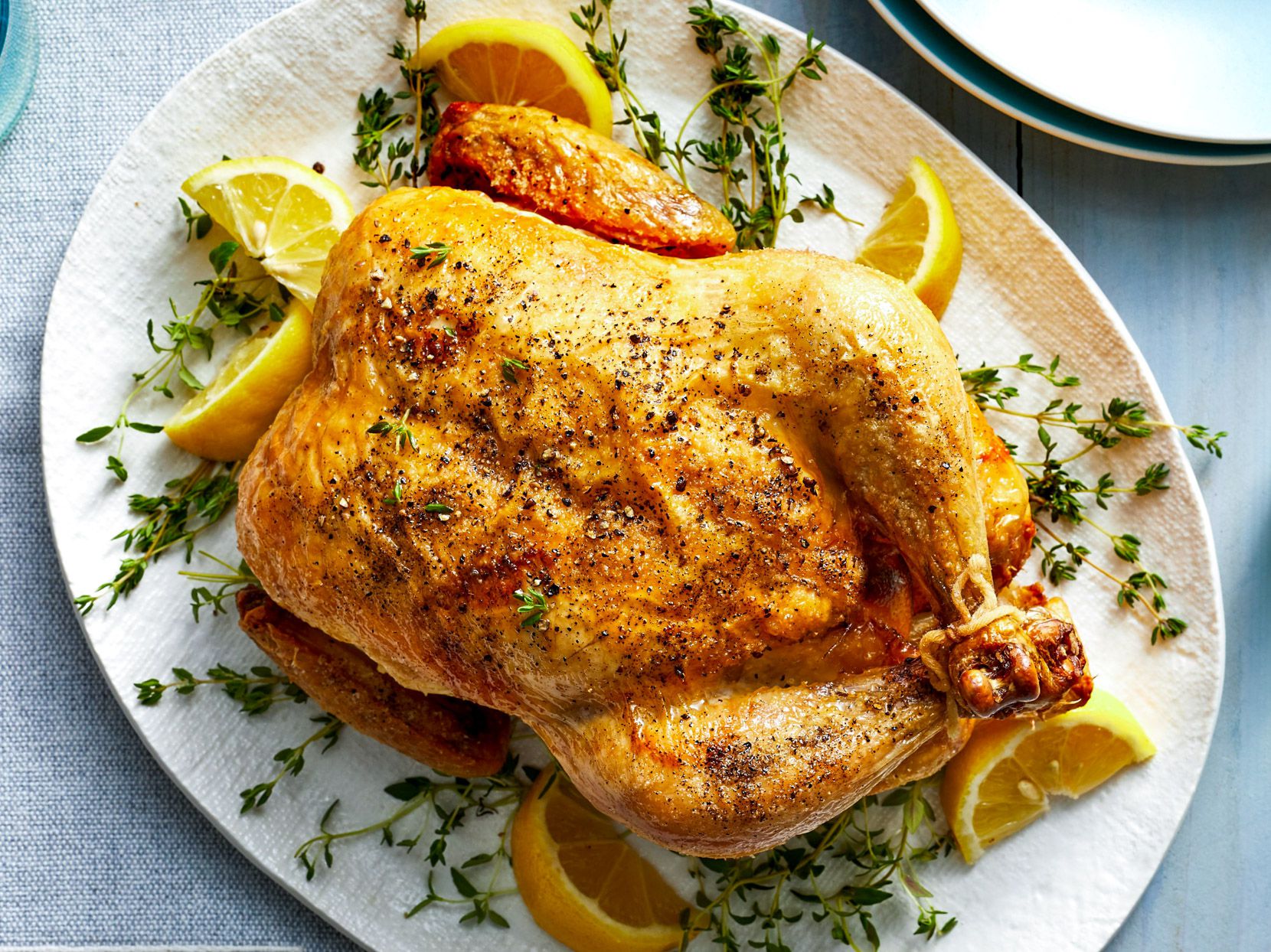Table of Contents
Scrumptious Rotisserie Chicken – Great November Dinner
Thanksgiving, Turkeys – November is usually bad news for birds – but if you’re hungry for fowl you might as well enjoy a rotisserie chicken in the month of November.
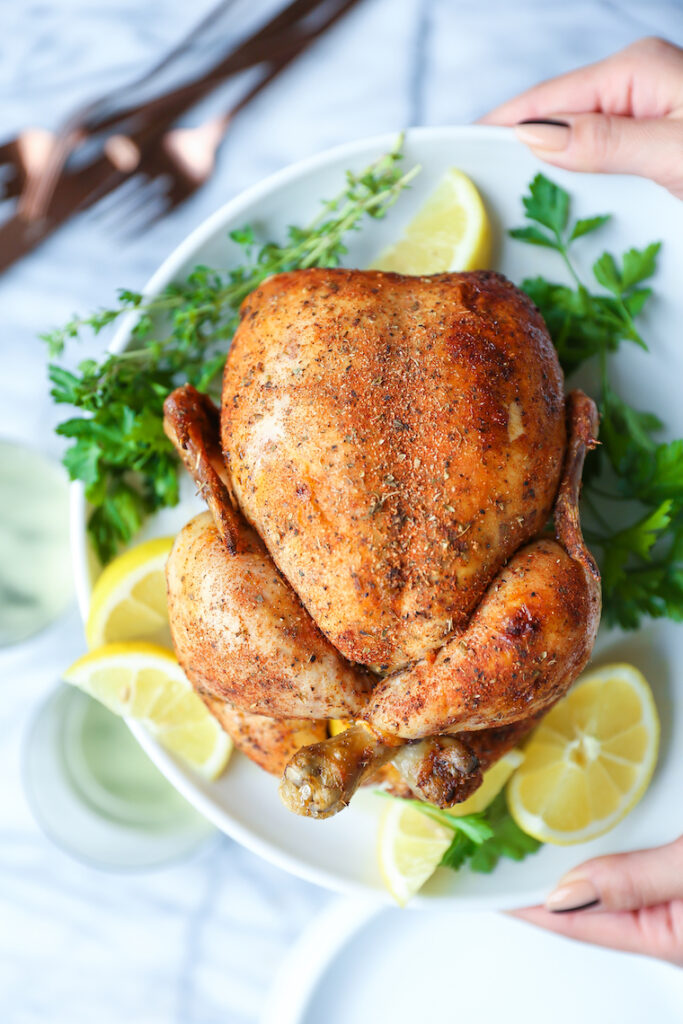
Rotisserie Chicken: Ingredients
•4 lb whole chicken
•1 cup vegetable broth
•4 cloves garlic, peeled and lightly smash
•2 teaspoon fine sea salt
•¼ teaspoon black pepper
•1 tsp onion powder
•1 tsp garlic powder
•½ tsp paprika
•1 sprig of rosemary
•1 sprig of thyme
•8 Tbsp butter, melted
•1 whole lemon (Squeeze Lemon Juice)
Rotisserie Chicken: Cooking Directions
•Take out the giblets bag from inside the chicken. Pat dry inside and out with paper towel. Place chicken breast – side- up. Starting from the drumstick side, loosen the skin from the breast, using the back of a spoon to help. Set aside.
•In a small bowl combine: all of the seasonings, the minced rosemary and thyme and 1 tbsp. lemon juice and one stick of melted butter. Stir to combine, then set aside.
•Add 1 cup of vegetable broth to chicken pot. Add the chicken breast side up. Stuff the cavity of the chicken with crushed garlic cloves and the whole lemon.
•Pour half the butter mixture under the skin, (you can use your fingers to massage the chicken and distribute the mixture) then spread the remaining butter mixture evenly over the top of the chicken.
•Preheat the oven to 350 F. Bake uncovered for about 1 hour and 15 minutes.
•Remove the chicken with trivet, allowing any excess juice to drip into the pot (keep the liquid for gravy).
•Transfer to a foil-lined baking sheet, season with more salt and pepper and paprika if desired for a little color then broil at 500 F. Rest for 10 minutes before slicing.
Rotisserie Chicken: Adding the Gravy
•Pour all of the liquid from the pot into a bowl or measuring cup and skim off the excess fat at the top. You should have about 2 cups after straining off the fat.
•In a saucepan melt 3 tbsp. of butter. Whisk in 3 tbsp. flour, whisking for 11 minutes until golden. Add the remaining drippings and whisk until simmering and thickened then remove from heat. Serve with the chicken.
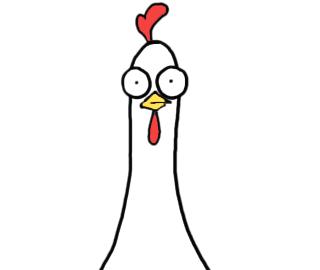
Chicken History and Facts
The chicken (Gallus domesticus) is a domesticated species that arose from the red junglefowl, originally from Southeast Asia. They have also partially hybridized with other wild species of junglefowl (the grey junglefowl, Ceylon junglefowl, and green junglefowl). Rooster and cock are terms for adult male birds, and a younger male may be called a cockerel. A male that has been castrated is a capon. An adult female bird is called a hen, and a sexually immature female is called a pullet.
Humans keep chickens primarily as a source of food (consuming both their meat and eggs) or as pets. Traditionally, they were also bred for cockfighting, which is still practiced in some places. Chickens domesticated for meat are broilers, and for eggs, they are layers.
Chickens are one of the most common and widespread domestic animals, with a total population of 23.7 billion as of 2018, up from more than 19 billion in 2011. There are more chickens in the world than any other bird. There are numerous cultural references to chickens—in myth, folklore, and religion, as well as in language and literature.
Genetic studies have pointed to multiple maternal origin theories within South Asia, Southeast Asia, and East Asia, but the clade found in the Americas, Europe, the Middle East, and Africa originated from the Indian subcontinent. From ancient India, the chicken spread to the Eastern Mediterranean. They appear in ancient Egypt in the mid-15th century BC, with the “bird that gives birth every day” having come from the land between Syria and Shinar, Babylonia, according to the annals of Thutmose III. They are known in ancient Greece from the 5th century BC.
For Some Fun Information on Raising Chickens, Follow this Link…
Raising Chickens 101: A Beginner’s Guide to Chickens | The Old Farmer’s Almanac
